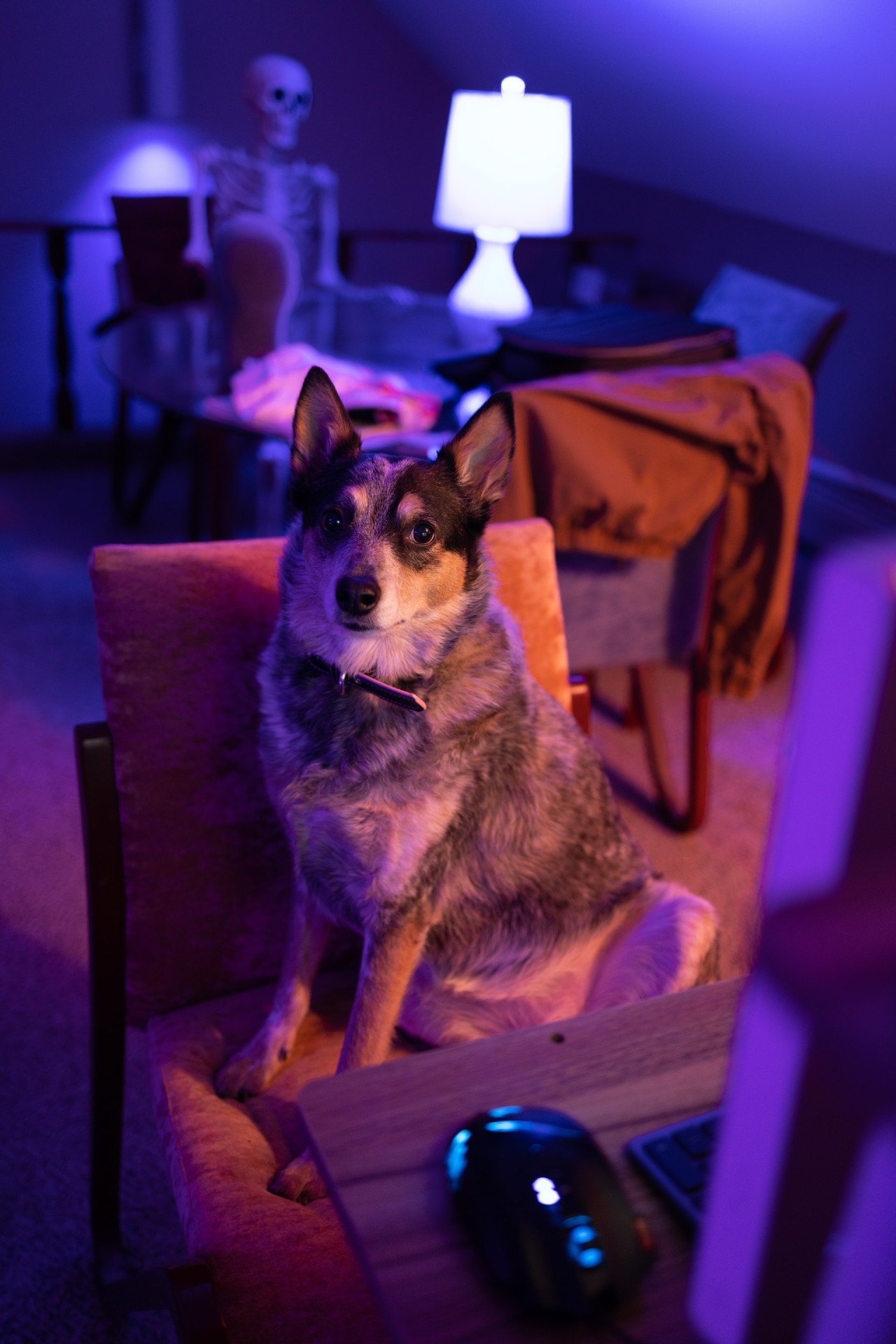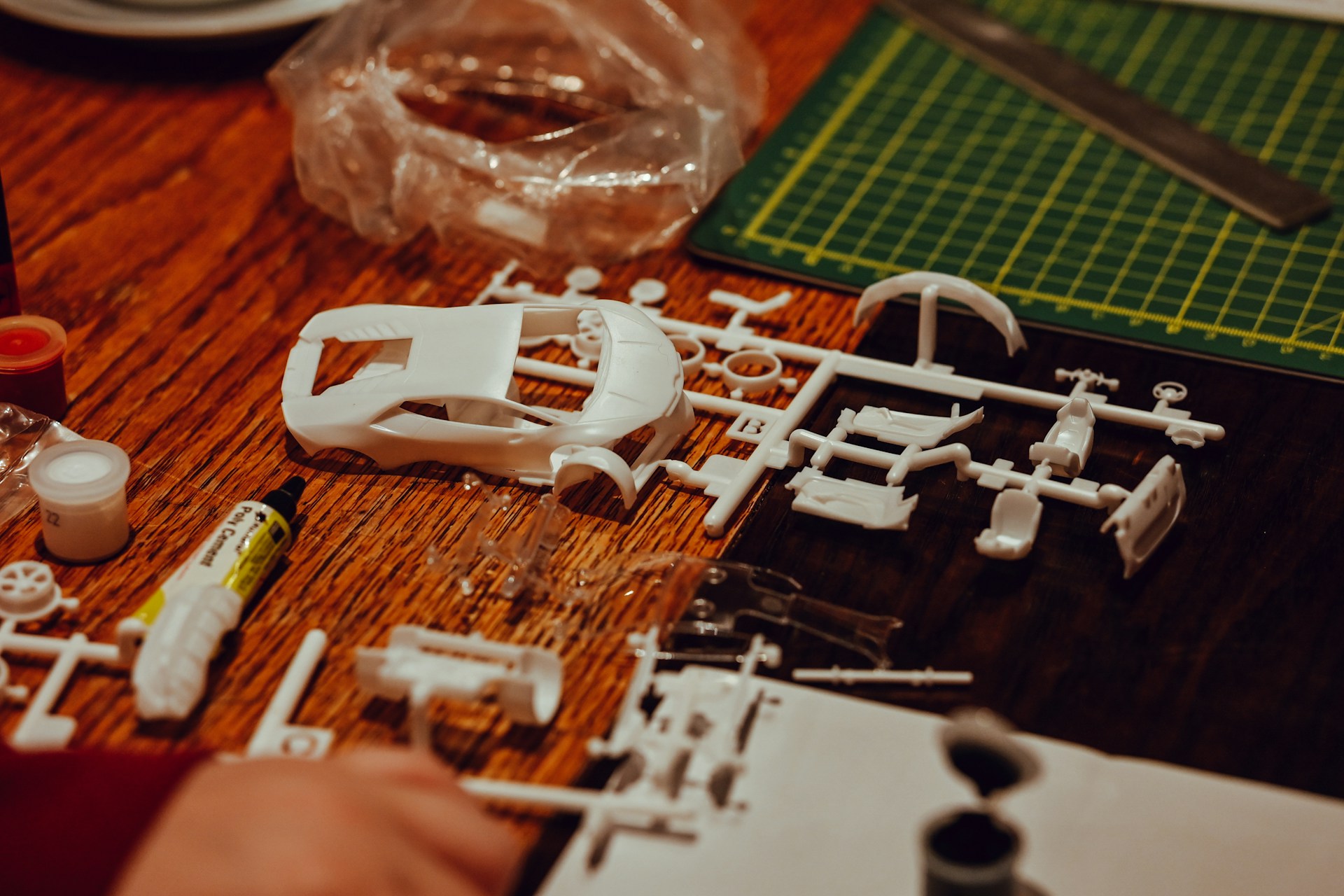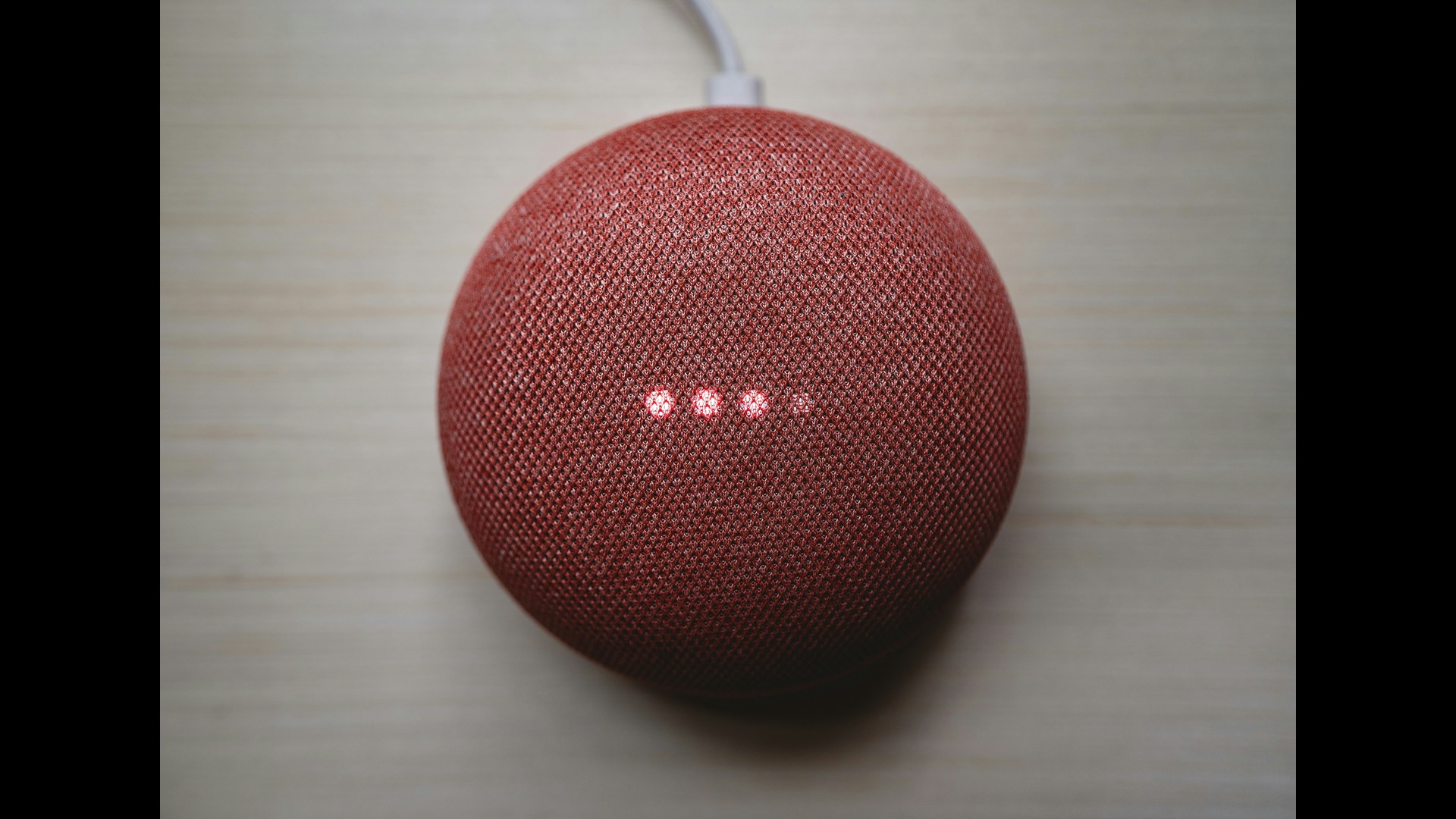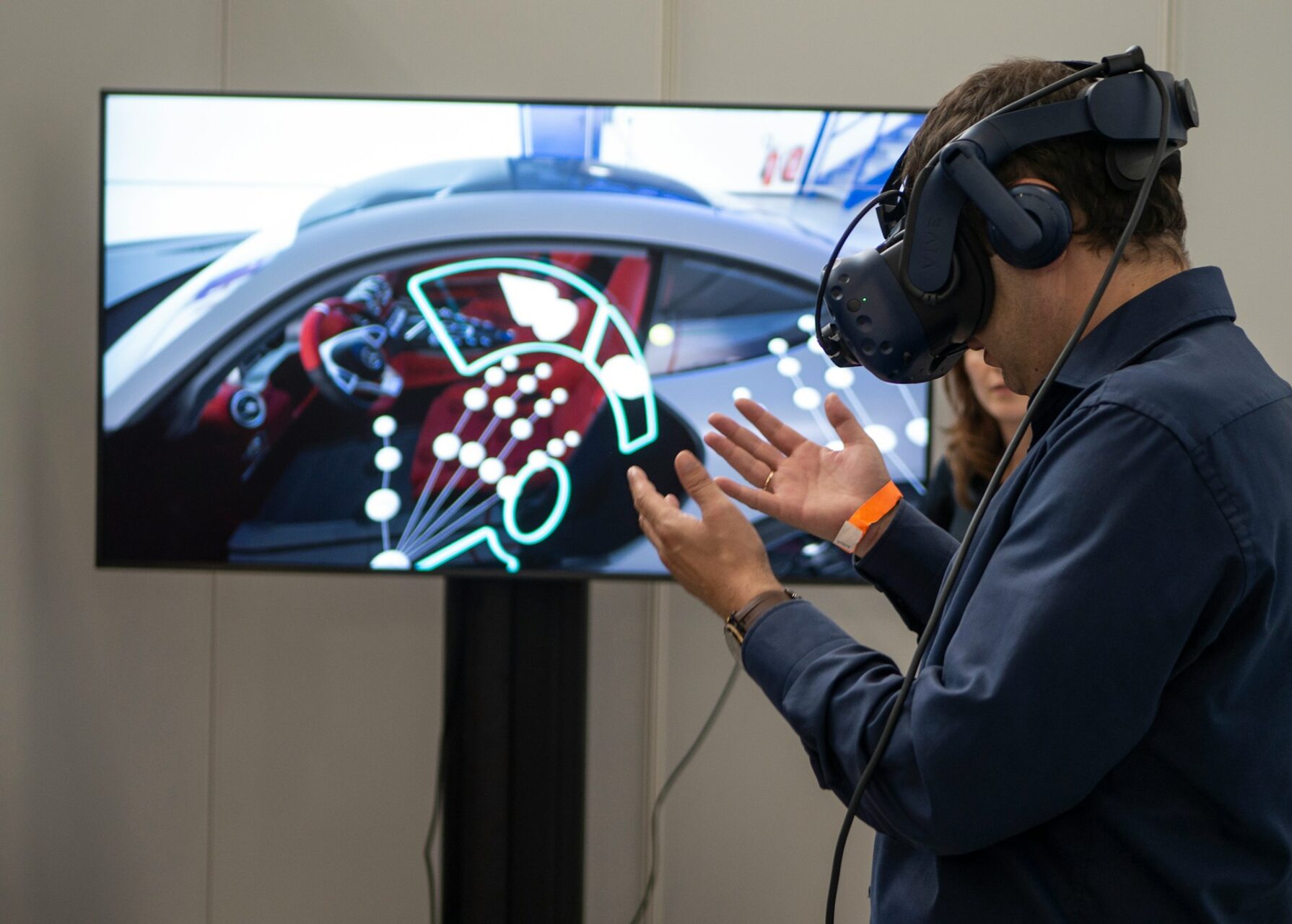
How Next-Generation Technology Is Changing Pet Care
June 22, 2023 - Lou Farrell
Revolutionized is reader-supported. When you buy through links on our site, we may earn an affiliate commission. Learn more here.
Caring for a pet has never been so easy — or so complicated. From robotic litter boxes to mandatory microchips, here’s a look at the most interesting next-generation technology redefining animal care.
1. GPS Tracking Collars
Gone are the days when GPS trackers were big, clunky machines with an antenna poking out. Now they’re small enough to fit into an inconspicuous collar, giving dog and cat owners peace of mind and helping them track down escape artists. Some collars are even equipped with lights that flash when a pet goes missing.
In addition to the cost of the tracker and charger, most GPS collars require a subscription — much like a phone plan — to access location data. However, the cost of GPS devices has fallen so much since their inception that tracking collars are becoming affordable for many pet owners.
2. 3D-Printed Prosthetics
The rise of 3D printing has made it easier than ever to craft prosthetic body parts for animals. From dog legs to parrot beaks, many pets have gotten a new lease on life thanks to this next-generation technology, allowing them to run, eat and navigate obstacles once more.
3D printing makes it easier to customize prosthetics down to the tiniest details. Designers can build 3D digital models of an animal and its unique prosthetic to see how the two will work together, saving time, money and materials in the process.
3. Automatic Ball Launchers
As the saying goes, a tired dog is a happy dog. But eight-hour shifts leave little time for playing fetch, making it hard to exercise dogs throughout the day. Elderly people or those with mobility issues may also struggle to throw a ball or chase their dog around trying to retrieve it.
Automatic launchers like iFetch do exactly what their name implies. A dog drops a ball into a funnel — similar to a coin machine at the mall — and, after a brief pause, the machine launches the ball out the other end. It’s endlessly entertaining for pets with a high prey drive.
4. Self-Cleaning Litter Boxes
Keeping cats indoors is paramount for protecting wildlife, but it does usually require the use of a litter box. Traditional litter boxes are notorious for their odor and high maintenance requirements. Now, cat owners can buy automatic boxes that sift through the litter after each use, depositing waste into a separate compartment for easy cleanup.
5. Microchips and Accessories
A microchip provides critical information about a found animal — such as its name, home address and even medical history — with a simple scan at a vet clinic. Many countries have implemented mandatory microchip requirements for pets crossing the border or even residing in a country.
For example, all pet dogs in New Zealand must have an implanted microchip. In the United Kingdom, a new mandatory microchipping law — which garnered support from 99% of respondents — will take effect for cats in 2024. Owners who fail to microchip their cats can face a fine of up to £500.
Microchipping is a crucial mitigation measure for pet overpopulation, with many countries struggling to control stray cats and dogs. The animals wreak havoc on the environment and suffer from a poor quality of life. Scanning wayward animals for a microchip allows veterinarians to quickly reunite them with their owners or put them up for adoption.
With microchipping becoming more popular, a slew of accessories have popped up, from microchip-enabled dog doors to automatic feeders that only open for specific pets.
6. Wifi-Enabled Pet Cameras
Another type of next-generation technology changing pet ownership is high-definition, Wi-Fi-enabled cameras. Although IoT devices may pose a security risk, they can also give owners a different type of security when it comes to keeping up with their pets.
Devices like Petcube and Furbo allow owners to watch their pets and talk to them in real time. Some let owners dispense treats or shine a laser to engage with their animals remotely, providing entertainment for pets that might otherwise be destructive due to boredom.
Still other cameras are fully mobile. PlayDate gives owners control over a ball with a camera inside it to play with their pets. The SKYMEE Owl Robot can follow pets and let owners dispense treats for them. They’re no substitute for human interaction, but interactive cameras can help busy people juggle a career and pet ownership at the same time.
7. Video Chatting for Bored Birds
There are 20 million pet birds in the United States. Parrots are highly intelligent, social animals, and they often suffer from boredom and loneliness in captivity.
Researchers recently discovered that parrots love to video chat with each other via tablets. The birds showed evidence of high interest and engagement during the activity, and their owners reported them being calmer afterward. Although this next-generation technology raises ethical questions — such as if digital interaction can substitute for actual bonding in a very social animal — it can alleviate some of the stress many captive birds experience.
8. Automatic Feeders
High-tech dispensers can feed animals on a schedule throughout the day. Some allow owners to input information like their pet’s weight, age and activity level to calculate how much food to dispense. The highest-end models are equipped with cameras and Wi-Fi connectivity so owners can talk to pets remotely while they chow down.
Most automatic feeders work best with dry kibble, but some can even dispense semi-moist food for dogs that need a softer diet. Some models can deposit food into multiple bowls.
Automatic dispensers can also provide feedback — quite literally — on a pet’s nutritional habits or alert owners when it’s time to order more food. Automatic feeders are a fantastic gadget for anyone with mobility issues or a busy schedule. They’re also useful for helping pets maintain a healthy weight.
The Future of Pet Care
In many ways, people are more connected to their pets than ever before, devoting extra time and money toward keeping them happy. Although some pet owners balk at the idea of ball launchers or cameras, others are embracing next-generation technology and using it to better care for their animals.
Ultimately, there’s no right or wrong approach to pet care when it comes to how much tech is too much — the main thing that matters is the love between pets and their people.
Revolutionized is reader-supported. When you buy through links on our site, we may earn an affiliate commission. Learn more here.
Author
Lou Farrell
Lou Farrell, Senior Editor, is a science and technology writer at Revolutionized, specializing in technological advancements and the impacts on the environment from new developments in the industry. He loves almost nothing more than writing, and enthusiastically tackles each new challenge in this ever-changing world. If not writing, he enjoys unwinding with some casual gaming, or a good sci-fi or fantasy novel.







